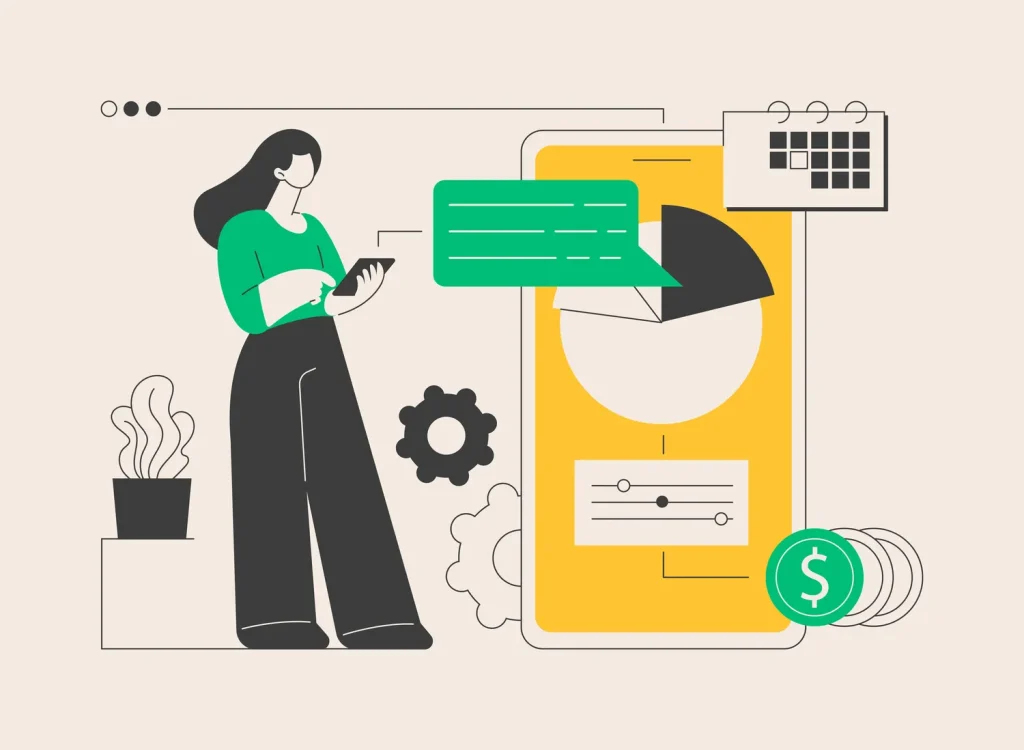A beautiful design might catch the eye, but it’s the user experience (UX) that determines whether visitors stay, engage, and convert. Too often, businesses underestimate the real cost of poor UX—until it’s too late. Let’s break down why bad UX isn’t just a design flaw; it’s a business liability.
Lost Conversions: Every Click Counts
When a site is confusing, slow, or unintuitive, users leave. And when users leave, they don’t buy, subscribe, or get in touch.
According to the Baymard Institute, the average cart abandonment rate is nearly 70%, often due to poor usability during checkout. That’s lost revenue you’ve already spent time and money to attract. Bad UX creates friction at every stage—whether it’s an unclear CTA, poor navigation, or a mobile experience that doesn’t adapt.
In short: a complicated journey = a lost customer.
Increased Support Costs
A poorly designed interface doesn’t just frustrate users—it floods your customer support.
When people can’t figure things out on their own, they contact you. That means more time spent answering the same questions, higher operational costs, and a less scalable business model. Investing in intuitive design from the start can significantly reduce support tickets, emails, and live chat loads.
Bad UX puts your team to work unnecessarily.
Damage to Brand Trust
First impressions are everything. If your website or app feels outdated, broken, or inconsistent, users are less likely to trust your brand—especially if you’re in a competitive space like health, tech, or finance.
A clunky experience raises red flags:
-
Is this company reliable?
-
Will my payment go through?
-
Is my data secure?
Trust is hard to earn and easy to lose. And a poor digital experience is a fast track to losing it.
Hidden Development Costs
Fixing UX later is always more expensive.
Designing with users in mind from the start saves time and money in the long run. Otherwise, your dev team is stuck doing costly rework—rewriting features, restructuring flows, and troubleshooting avoidable issues. UX is not the place to cut corners.
As the old rule goes: the later the fix, the higher the cost.
It Hurts Your SEO and Google Ranking
User experience is now directly tied to how Google ranks your website.
With Core Web Vitals and usability metrics being part of the algorithm, bad UX can lower your position in search results. Slow loading times, non-responsive design, and high bounce rates all send signals that your site isn’t worth showing. The result? Less visibility and fewer visitors.
Even a secure, fast, and well-hosted site—like one backed by a strong DDoS protection provider—can fall short if the UX is neglected. To maintain performance and protect users from downtime or attack, it’s worth exploring options like offshore infrastructure protection, which ensures your UX isn’t interrupted by external threats.
Opportunity Cost: The Clients You’ll Never See
Perhaps the most overlooked impact is what you never get to measure—the opportunities you lose silently.
How many people visited once, got confused, and left for good?
How many shared your link, only for their friends to bounce?
How many potential clients chose a competitor simply because the experience felt smoother?
You’ll never know. But your growth curve will reflect it.
Final Thoughts
Bad UX doesn’t just hurt feelings—it hurts revenue, reputation, and growth. Investing in thoughtful, accessible, performance-oriented design isn’t optional anymore. It’s the difference between “looks good” and “works well.”
Looking to improve your user experience? Let’s chat and make sure your design actually works for the people using it.

